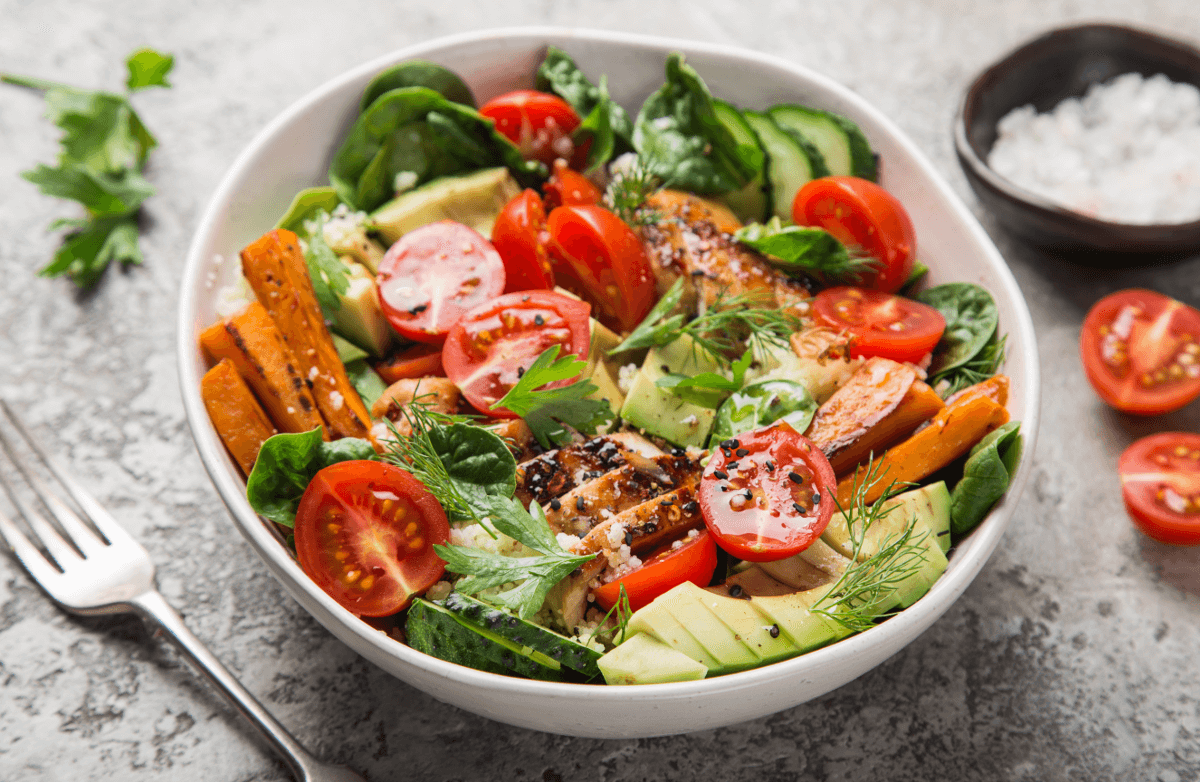|
We all have different bodies, different sets of goals and different definitions of the best versions of ourselves. We run or walk at varying paces, lift heavier or lighter weights, deal with unique physical challenges and struggle to schedule workouts around diverse schedules and fluctuating motivations. So why should we all aspire to reach the same benchmarks of success? The short answer is: We shouldn’t. Just as no two people share an identical physical makeup or athletic ability, nor should they expect to reach the same fitness achievements at the same pace. In fact, many of the universally accepted benchmarks of fitness could actually be way off the mark—and could even be doing more harm than good. Ultimately, your definition of success is exactly that: YOURS. What constitutes “fit” for one person can be worlds different for someone else. If you find yourself aspiring to a particular benchmark, fitness coach Jill Brown says to think deeply about the importance of the goal and how you came to choose it. “You might realize it wasn’t even yours to begin with,” she notes. “Maybe it was your dad’s or a coach’s or a friend’s.” She also points out that genetics plays a big role in fitness achievements. “If you want to beat your friends in a 5K or deadlift, you’d better hope they were not genetically blessed with more fast-twitch muscle [fibers] than you—sprinters and powerlifters were born with a predisposition for those sports,” Brown notes. “Same goes for yoga and ballet buffs—how flexible you can become is predetermined in your genetic makeup.” We talked with some expert trainers about which definitions of fitness should be ditched, and how you can come up with more realistic and personalized ways to reframe those expectations. You should be able to do the splits if you’re flexible.Lowering the body into the splits, which is defined as “a physical position in which the legs are in line with each other and extended in opposite directions,” is often regarded as the consummate demonstration of flexibility. But as personal trainer Ramsey Bergeron points out, doing the splits is relative flexibility, not true flexibility. “Your body isn't designed to move that way, and it actually causes structural instability,” he warns. While the splits might come easily to one person, someone else with a different anatomy, range of motion or previous injuries may find the stretch to be difficult, painful or downright dangerous. Experts agree that the splits should never be forced. Instead, focus on safer lower-body stretches like the inner thigh squat stretch, lying hamstring stretch, wide-leg forward bend and seated butterfly stretch to improve flexibility in the hip, upper leg and groin area. You should be able to run a mile without walking.Some might assume that if they can’t run at least a mile without walking, then covering that distance is not as much of an achievement. But, as Bergeron notes, it doesn’t matter how you are getting the mile in, as long as you’re completing it—so ditch the all-or-nothing mentality and celebrate the distance rather than the speed. Plus, Bergeron adds, walking can actually be far more beneficial than you might expect. “Walking daily actually has tremendous health benefits, such as increasing your fat-burning heart rate zone and reducing stress, so don't neglect going a little slower,” he suggests. You should always be sore after a good workout.Although it’s true that delayed onset muscle soreness (DOMS) is a common byproduct of the physical stress of exercise, fitness trainer Brandon Mentore says that using soreness as a gauge to evaluate the quality of a workout isn't the best strategy. “There are also other activities that people engage in outside of fitness that can cause muscle soreness, such as walking, carrying groceries or even getting a massage,” he notes. Spark Coach Jen agrees that there are many different factors that influence the effect of DOMS, and some of it comes down to differences in how an individual’s body responds to the demands placed on it. “DOMS does not necessarily indicate the level of muscle adaptation and growth happening as a result of a particular workout,” she says. Because soreness varies so much from one person to the next, and can be caused by such a wide range of factors, Mentore says a better measure of workout effectiveness is the exertion and effort expended during training. It’s always better to choose the heavier weight.While it is a universal truth that weight training has significant benefits for anyone at any age and ability, the volume of the weight can (and should) differ according to each person’s strength and limitations. Some trainers might have you believe that heavier is always better when doing a bench press, squat or another exercise. However, Bergeron points out that just because you can move the weight doesn't mean you are doing the exercise properly or effectively. As a general rule, he says the weight should only be as heavy as your form will allow for a certain number of repetitions. “If you are doing a bench press and finding that your bottom is sliding all over the bench, your neck is strained and your feet are pumping up and down off the ground, you are setting yourself up for disaster,” Bergeron warns. By choosing a slightly lighter weight, and possibly adding another rep or two, you can develop strength safely and increase the resiliency of your connective tissue while preventing future injury. “I also find dumbbells [to be]more effective than a bar to develop symmetry with the arms and shoulders,” Bergeron notes. “Instead of benching 225 [pounds] with a bar, benching with a 90-pound dumbbell in each arm is a better way to go, even though the weight isn't as heavy.” If you can’t do a full sit-up, your core is weak.Love it or hate it, many still regard the sit-up as a necessary evil on the path to strong, sculpted abs. But for some people, the exercise is difficult or even impossible to perform due to back or neck issues. And some experts are warning that the old elbow-to-knee move could potentially damage the spine and lower back. If you can’t do a sit-up, that doesn’t mean you can’t still have a strong, powerful core. There are plenty of alternate exercises that work the abdominal and back muscles equally well or better. Try the basic forearm plank, the side plank, lying straight-leg raises or kneeling rollouts. Setting your benchmarks based on what others are able to do can be a recipe for frustration, Brown notes. Instead, simply look for progress—or, better yet, consistency. “Perfection is an illusion,” she says. “Be careful not to base your goals on someone else’s ideals.” |
More From SparkPeople |


.jpg)
.png)






.png)








